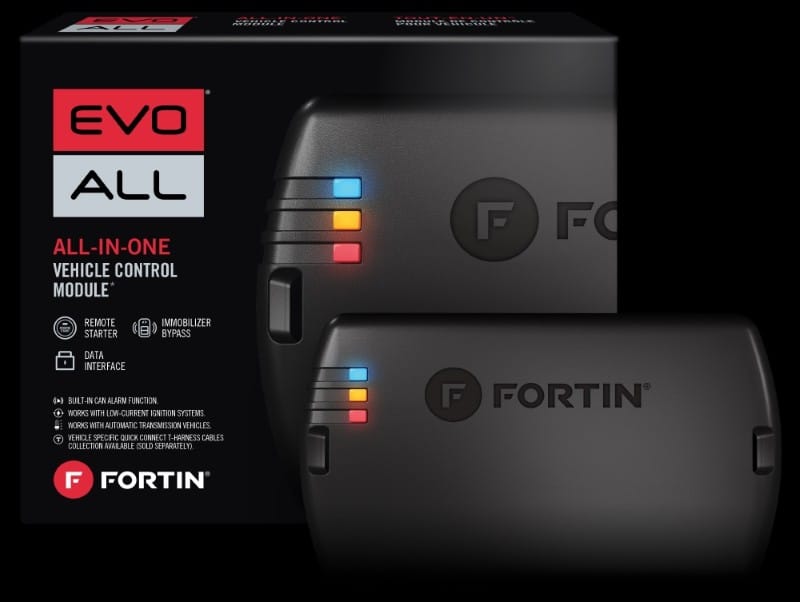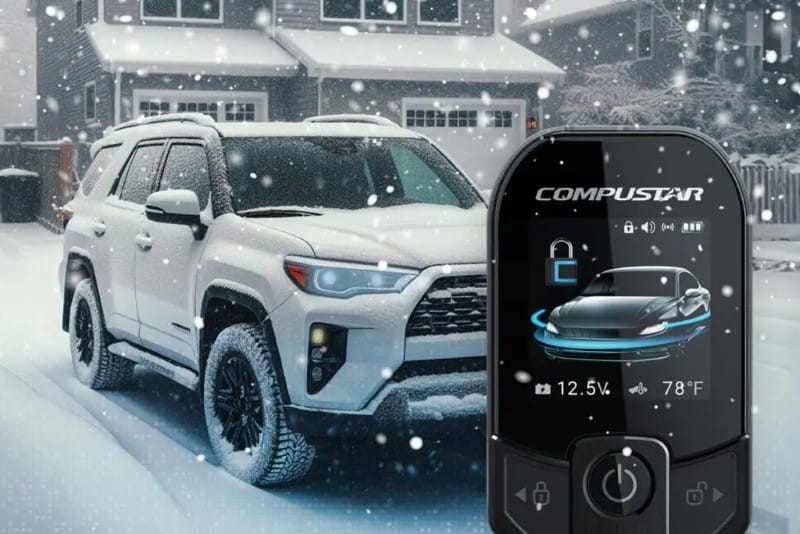Remote car starters have become one of the most sought-after upgrades for vehicle owners who want convenience, comfort, and efficiency, especially during extreme weather months. But integrating a remote start system into today’s vehicles involves much more than basic 12V wiring. Modern cars are equipped with sophisticated electronics and factory-installed security systems that require equally advanced integration methods. That is where bypass modules and data interfaces come into play.
Why Modern Vehicles Require Integration Modules
Today’s vehicles often come equipped with immobilizers, transponder key systems, push-to-start ignition, and factory alarm systems. These technologies are designed to prevent unauthorized starting and theft. Ironically, remote car starters aim to do exactly what these deterrent systems are built to prevent: start the engine without the physical presence of the key. While they do an excellent job protecting your vehicle, they also create a significant hurdle for aftermarket remote start systems. Simply triggering the ignition is not enough. Your remote starter must communicate with the vehicle’s onboard computer systems securely and reliably.
What Is a Bypass Module?
A bypass module is a specialized electronic device that temporarily interfaces with a vehicle’s anti-theft system to allow a remote starter to function. Rather than disabling the security system, the module communicates with it in a secure and authorized way. These modules ensure that the vehicle recognizes the remote start signal as valid, allowing the engine to start without the physical presence of the key or key fob.
Manufacturers like iDatalink and Fortin design these modules to integrate seamlessly with a wide range of vehicle platforms. When used with remote starter systems from companies like Compustar, these modules become essential tools for ensuring safe and effective operation.
What Is a Data Interface?

While the bypass module handles security system communication, a data interface module serves as a translator between the remote starter and the vehicle’s digital networks. Today’s cars use complex systems such as CAN (Controller Area Network) and LIN (Local Interconnect Network) to manage everything from ignition and locks to climate control.
Data interface modules allow a remote starter system to communicate over these networks using just a few key connections. This not only streamlines the installation process but also opens up control of additional vehicle functions, such as unlocking doors, controlling factory alarms, or even adjusting heated seats in some applications.
How These Modules Work Together

When you press the remote start button on your key fob or smartphone, a chain reaction begins. The remote starter control module receives the signal and sends a command to the bypass and data interface modules. These devices then interact with the vehicle’s systems to authorize the start sequence, unlock necessary circuits, and send the appropriate data signals to mimic what would normally happen when you start the vehicle manually.
In most modern applications, a single module may serve both bypass and data interface functions. This level of integration simplifies installation and improves reliability by reducing the number of components and connections.
The Role of Firmware and Configuration
Bypass and data modules are not plug-and-play solutions out of the box. They must be flashed with vehicle-specific firmware using proprietary software tools such as iDatalink Weblink or Fortin FlashLink. These firmware files are designed to match the unique electronic architecture of each vehicle, ensuring precise communication and operation.
Professional installers use these tools to configure the modules correctly before installation. This ensures the module is properly matched to your vehicle’s systems, preventing errors, check engine lights, or security issues.
Why Professional Installation Matters
While bypass and data modules can reduce the complexity of remote start installations, they do not eliminate the need for expertise. Proper installation still involves connecting to vehicle wiring, understanding digital communication protocols, and configuring the system with the correct firmware.
Using an MECP certified and experienced installer helps ensure that your remote starter system will work flawlessly and safely with your specific vehicle. It also provides peace of mind that your factory warranty and security systems remain intact.
Conclusion
Bypass modules and data interfaces are critical components in any modern remote starter installation. They allow remote start systems to communicate with your vehicle’s advanced electronics in a secure, reliable, and seamless way. These modules make it possible to enjoy the comfort and convenience of a remote starter without compromising the safety or integrity of your vehicle.
Thinking about adding a remote starter to your vehicle? Make sure it is installed right. Use our dealer locator to find a trusted professional near you.

